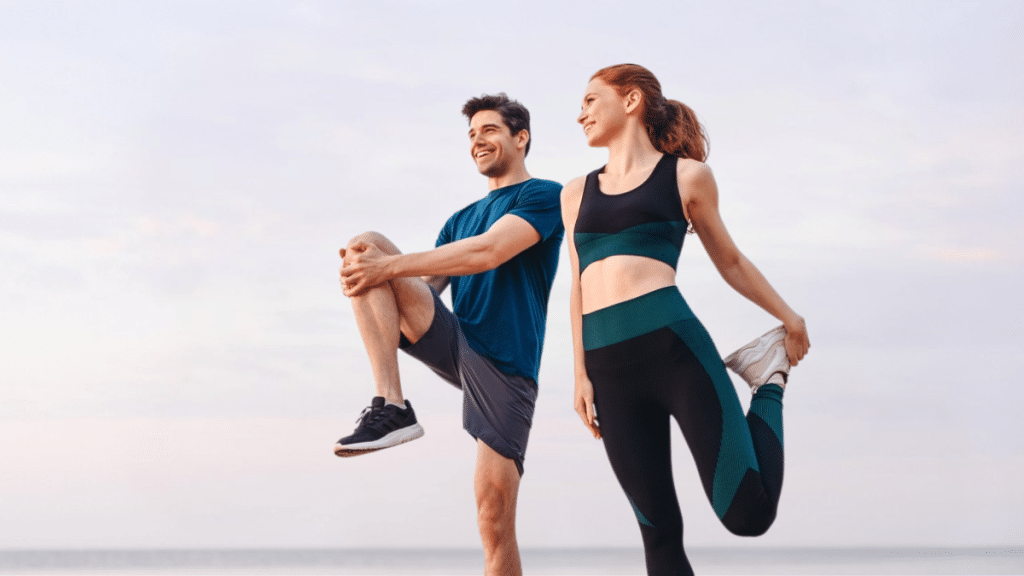Thomas Datwyler, founder of 9Seven Consulting, is a nationally recognized expert in campaign finance and federal compliance. With over a decade of experience managing financial strategies for congressional and senatorial candidates, he has filed more than 10,000 reports with the Federal Election Commission (FEC) and state agencies. His reputation for precision, transparency, and reliability has made him a trusted advisor to hundreds of political campaigns across the country.
Beyond his professional achievements, Datwyler is also an accomplished distance runner who has completed the Boston Marathon three times. His firsthand experience with the challenges of training and racing informs his practical advice for athletes preparing for destination events. Just as he brings discipline and foresight to financial strategy, he applies the same attention to detail when it comes to race preparation and performance.
Preparing for a destination race requires attention to more than just training and travel logistics. How and what you pack can have a significant impact on your comfort and readiness for race day. The goal is to ensure that essential gear arrives with you, that your luggage is manageable, and that you’re prepared for both the expected and the unexpected.
One of the first considerations is how to handle critical race gear during travel. Shoes, clothing, watch, fuel, and other items that you cannot easily replace should be packed in your carry-on bag if flying. Airline mishaps with checked luggage are not uncommon, and a lost bag containing running shoes or nutrition can jeopardize the entire trip. Laying out your gear from head to toe before packing helps reduce the chance of overlooking small but essential items, such as the socks you prefer or the sunglasses you rely on during long runs.
Packing efficiently is another important aspect. Traveling light allows easier mobility, saves time at the airport, and reduces stress on arrival. Limiting clothing to versatile items helps minimize the load. Shoes, in particular, take up significant space, so using simple strategies such as stuffing socks inside them or protecting them with shower caps helps maximize efficiency. Wearing the running shoes during travel can save space in the carry-on bag. Runners may also want to reserve space in their bag for souvenirs or gear purchased at the race expo.
Weather conditions at the destination should guide clothing choices. Race mornings can be cooler than expected, even in warmer climates, and sudden changes in weather can catch runners unprepared. Packing lightweight throwaway layers, such as an old sweatshirt or a space blanket, provides warmth at the start line without requiring you to carry extra clothing during the race. Checking forecasts not only for the race location but also for connecting flights can help avoid travel disruptions as well.
Emergency preparation is another packing consideration. Carrying identification, emergency contact information, and any essential medication ensures that you are covered in the event of unforeseen circumstances. Writing your details on the back of your race bib or wearing an ID tag makes it easier for medical personnel to assist you if necessary. Simple additions such as a few safety pins, a portable phone charger, or cash for unexpected needs can also prove useful.
Some small items, while not strictly essential, can make the trip much smoother. Resealable plastic bags help keep dirty or wet clothing separated from the rest of your belongings, while compression socks and a small massage tool can aid recovery after the race. Lightweight rain ponchos or garbage bags provide protection from the elements while waiting for the start. Even familiar breakfast items are worth considering, as hotel offerings may not be available early in the morning.
The process of packing should ideally begin several days before departure. Setting aside items as you think of them allows time to revisit and refine the list, reducing the chance of forgetting something important. In the end, careful packing ensures that you can focus on the purpose of the trip: running the race, rather than worrying about what may have been left behind.

